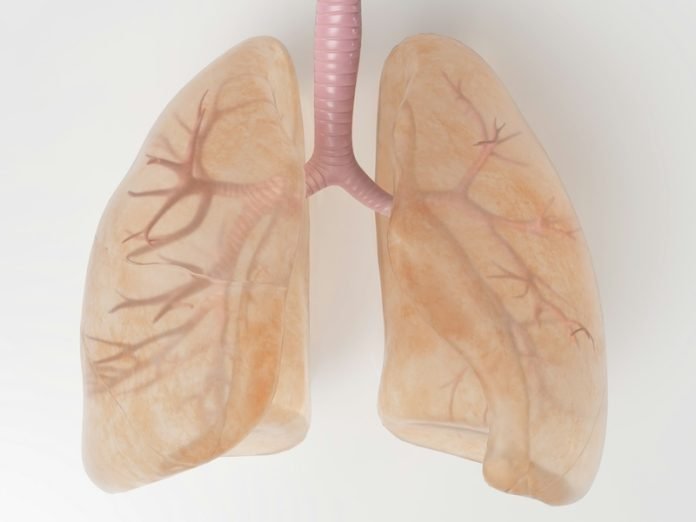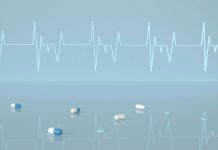
Pulmonary hypertension (PH) is a type of high blood pressure that affects the arteries in the lungs and the right side of the heart.
It is a serious health condition that can be life-threatening if not managed properly.
Understanding what causes pulmonary hypertension is crucial for those diagnosed with or at risk for the condition, as well as for their families and caregivers.
In pulmonary hypertension, the blood vessels in the lungs are narrowed, blocked, or destroyed. This damage makes it hard for blood to flow through the lungs, and as a result, the pressure in the lung arteries rises.
The heart has to work harder to pump blood through these vessels. Over time, this extra strain can cause the heart muscle to weaken and eventually fail.
The causes of pulmonary hypertension can be grouped into several categories based on the origin and nature of the condition:
- Idiopathic Pulmonary Hypertension: Sometimes called primary pulmonary hypertension, this type refers to cases where the exact cause of the condition is unknown. It is rare and can occur in people without any other known health problems.
- Hereditary Factors: Genetic factors can play a role in pulmonary hypertension. Certain gene mutations can be passed down through families, increasing the risk of developing the condition.
- Heart Disease: Various heart diseases can lead to pulmonary hypertension, including left-sided heart valve disease and left heart failure. These conditions can increase pressure in the lungs indirectly because of reduced efficiency in blood pumping.
- Lung Diseases: Conditions such as chronic obstructive pulmonary disease (COPD), interstitial lung disease, or long-term exposure to high altitudes can cause pulmonary hypertension.
These conditions affect the lungs directly and can lead to increased pressure in the pulmonary arteries.
- Chronic Blood Clots: Chronic thromboembolic pulmonary hypertension (CTEPH) occurs when old blood clots block the pulmonary arteries. This type of PH can develop even after treatment for acute pulmonary embolism.
- Connective Tissue Disorders: Diseases such as scleroderma and lupus, which affect the connective tissues, can also lead to pulmonary hypertension. These diseases can cause stiffening and scarring in the lungs, increasing blood pressure in the lung arteries.
- HIV Infection, Liver Disease, and Other Conditions: Certain other conditions, including HIV infection, liver cirrhosis (especially with portal hypertension), and sickle cell disease, are known to be associated with an increased risk of developing pulmonary hypertension.
Symptoms of pulmonary hypertension may include shortness of breath during routine activity, such as climbing two flights of stairs, tiredness, chest pain, and a racing heartbeat.
Because these symptoms are common to many other conditions, pulmonary hypertension can be difficult to diagnose early.
Diagnosis typically involves a review of the patient’s medical history, a physical exam, and several specialized tests including echocardiograms, lung function tests, and CT scans.
Treatments for pulmonary hypertension may involve medications to dilate blood vessels, oxygen therapy, and in severe cases, lung transplantation.
It is essential to address any underlying conditions that may contribute to the development of pulmonary hypertension.
Effective management of related diseases like heart and lung conditions can help control or slow the progression of pulmonary hypertension.
In conclusion, while pulmonary hypertension remains a challenging and complex condition, understanding its causes is the first step toward effective management.
Early diagnosis and treatment are critical to improving outcomes and quality of life for those affected by this serious condition.
If you care about high blood pressure, please read studies about unhealthy habits that may increase high blood pressure risk, and drinking green tea could help lower blood pressure.
For more information about high blood pressure, please see recent studies about what to eat or to avoid for high blood pressure, and 12 foods that lower blood pressure.
Copyright © 2024 Knowridge Science Report. All rights reserved.



